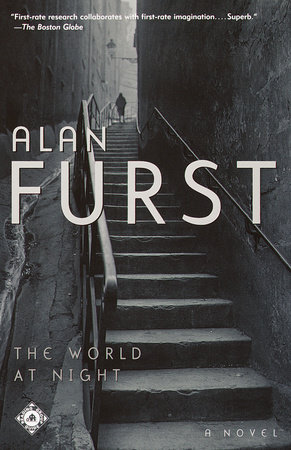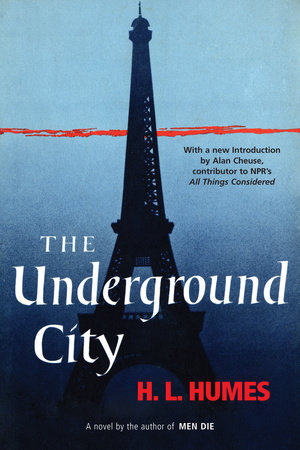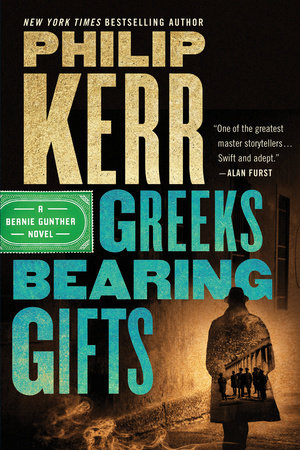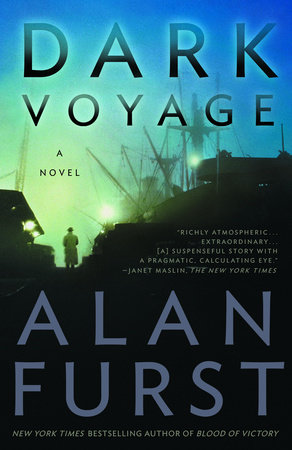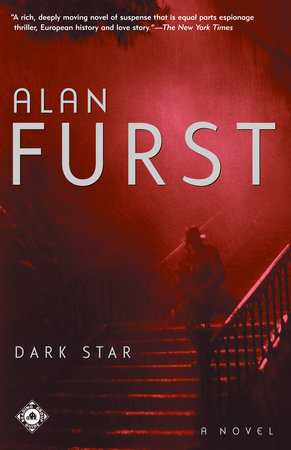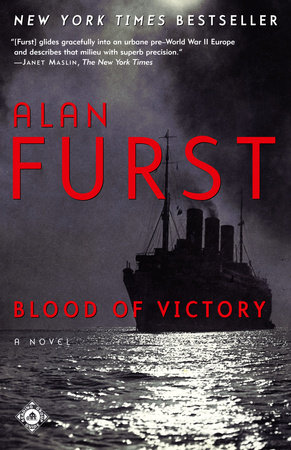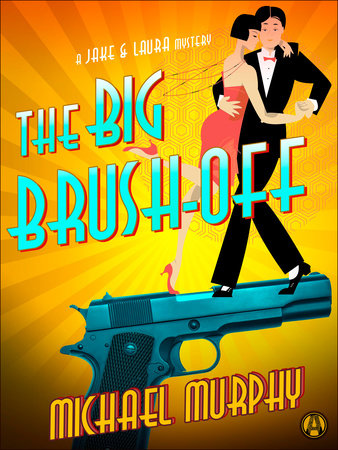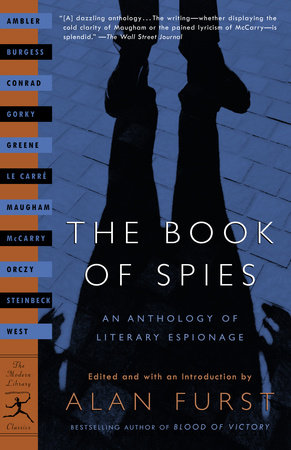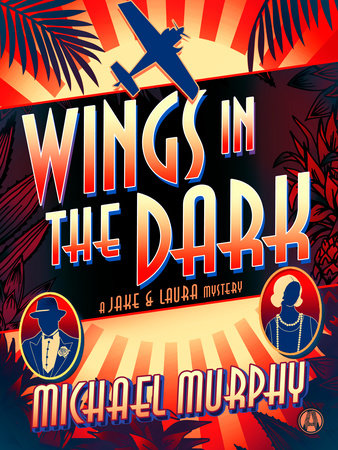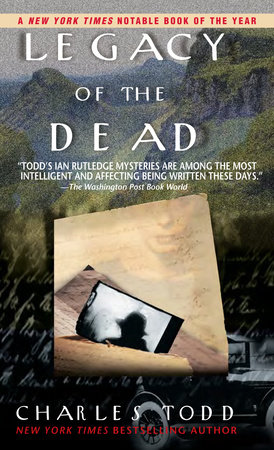Alan Furst describes the area of his interest as “near history.” His novels are set between 1933–the date of Adolf Hitler’s ascent, with the first Stalinist purges in Moscow coming a year later–and 1945, which saw the end of the war in Europe. The history of this period is well documented. Furst uses books by journalists of the time, personal memoirs–some privately published–autobiographies (many of the prominent individuals of the period wrote them), war and political histories, and characteristic novels written during those years.
“But,” he says, “there is a lot more”–for example, period newsreels, magazines, and newspapers, as well as films and music, especially swing and jazz. “I buy old books,” Furst says, “and old maps, and I once bought, while living in Paris, the photo archive of a French stock house that served newspapers of Paris during the Occupation, all the prints marked as cleared by the German censorship.” In addition, Furst uses intelligence histories of the time, many of them by British writers.
Alan Furst has lived for long periods in Paris and in the south of France. “In Europe,” he says, “the past is still available. I remember a blue neon sign, in the Eleventh Arrondissement in Paris, that had possibly been there since the 1930s.” He recalls that on the French holiday le jour des morts (All Saints’ Day, November 1) it is customary for Parisians to go to the Père Lachaise Cemetery. “Before the collapse of Polish communism, the Polish émigrés used to gather at the tomb of Maria Walewska. They would burn rows of votive candles and play Chopin on a portable stereo. It was always raining on that day, and a dozen or so Poles would stand there, under black umbrellas, with the music playing, as a kind of silent protest against the communist regime. The spirit of this action was history alive–as though the entire past of that country, conquered again and again, was being brought back to life.”
The heroes of Alan Furst’s novels include a Bulgarian defector from the Soviet intelligence service, a foreign correspondent for Pravda, a Polish cartographer who works for the army general staff, a French producer of gangster films, and a Hungarian émigré who works with a diplomat at the Hungarian legation in Paris. “These are characters in novels,” Furst says, “but people like them existed; people like them were courageous people with ordinary lives and, when the moment came, they acted with bravery and determination. I simply make it possible for them to tell their stories.”
